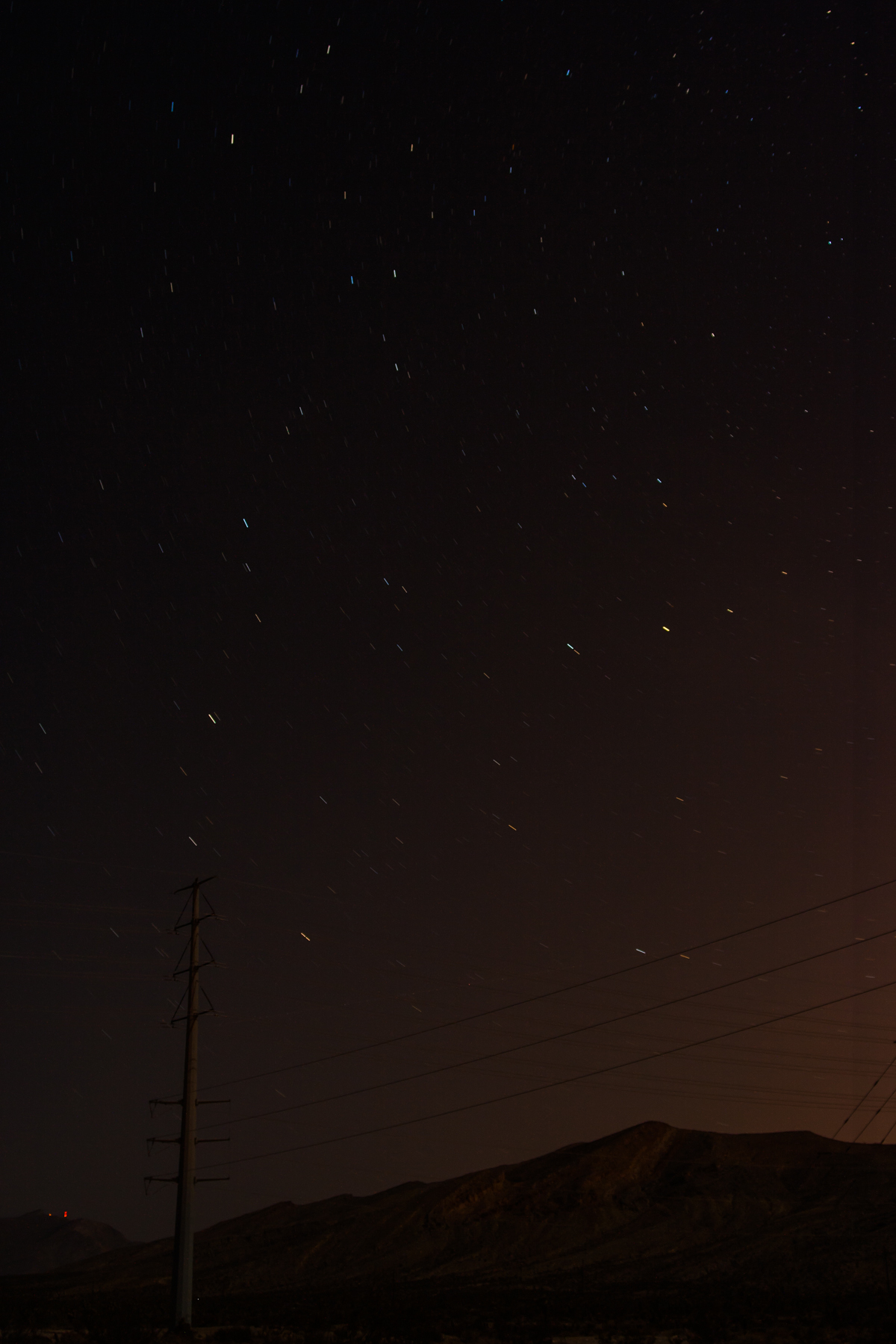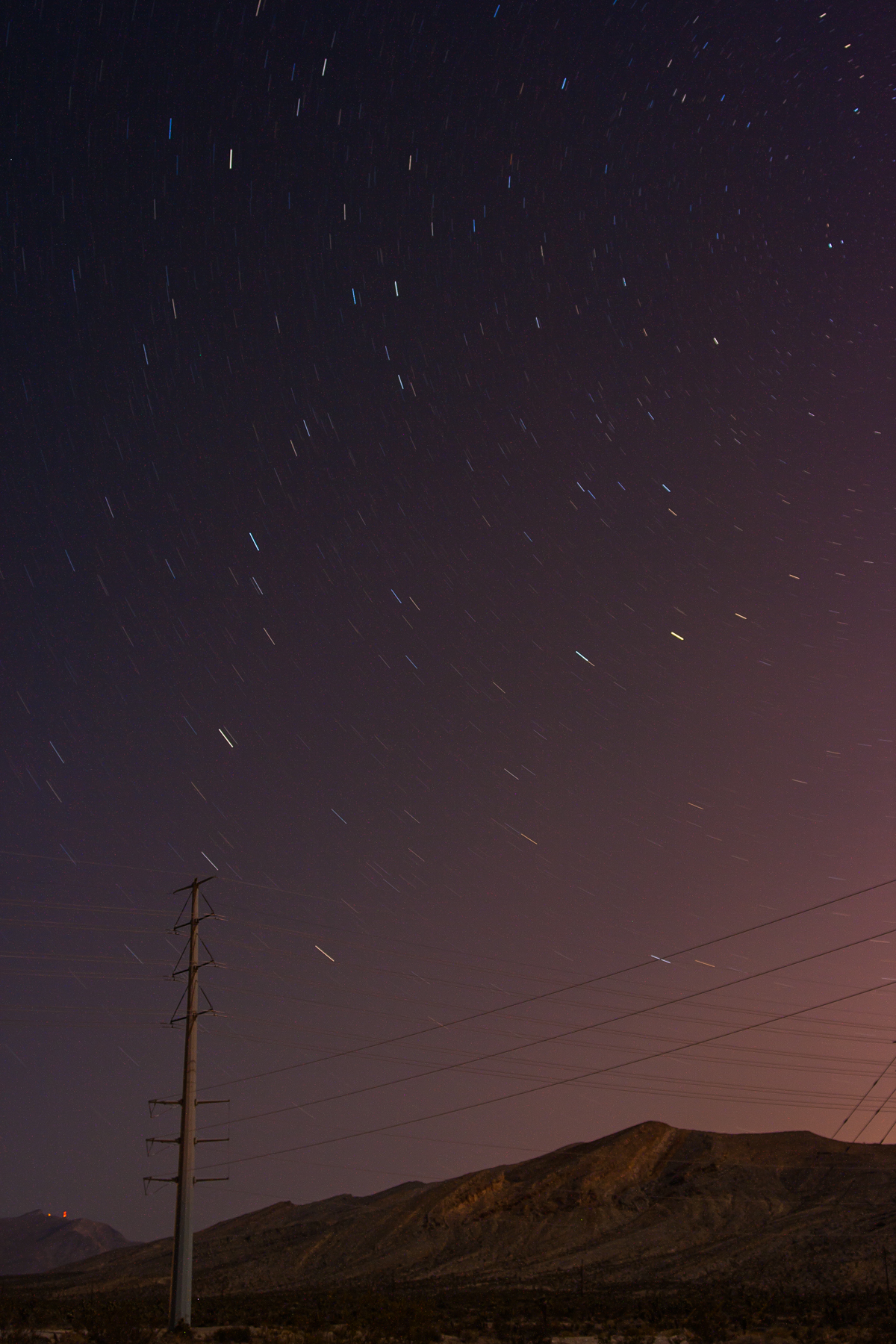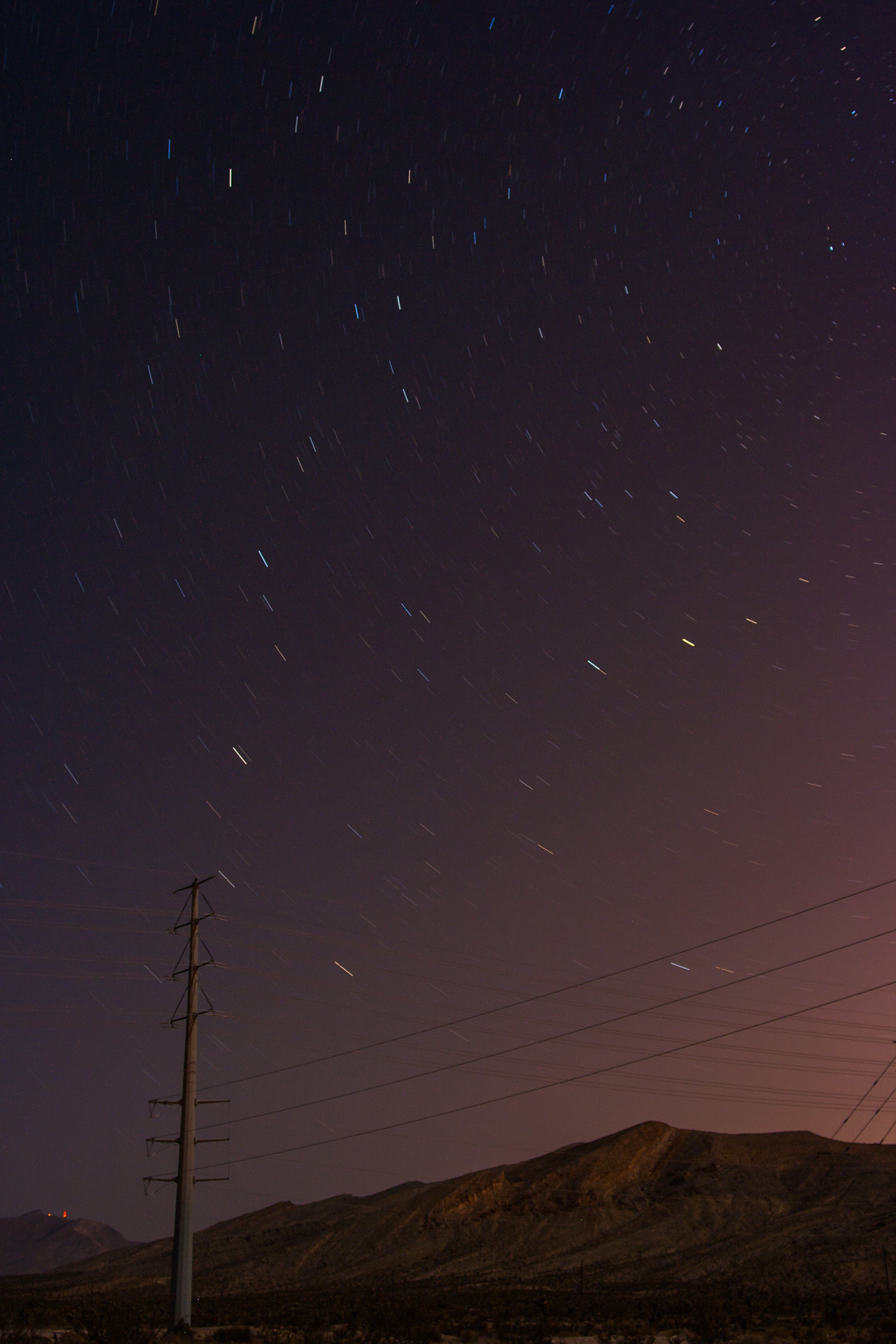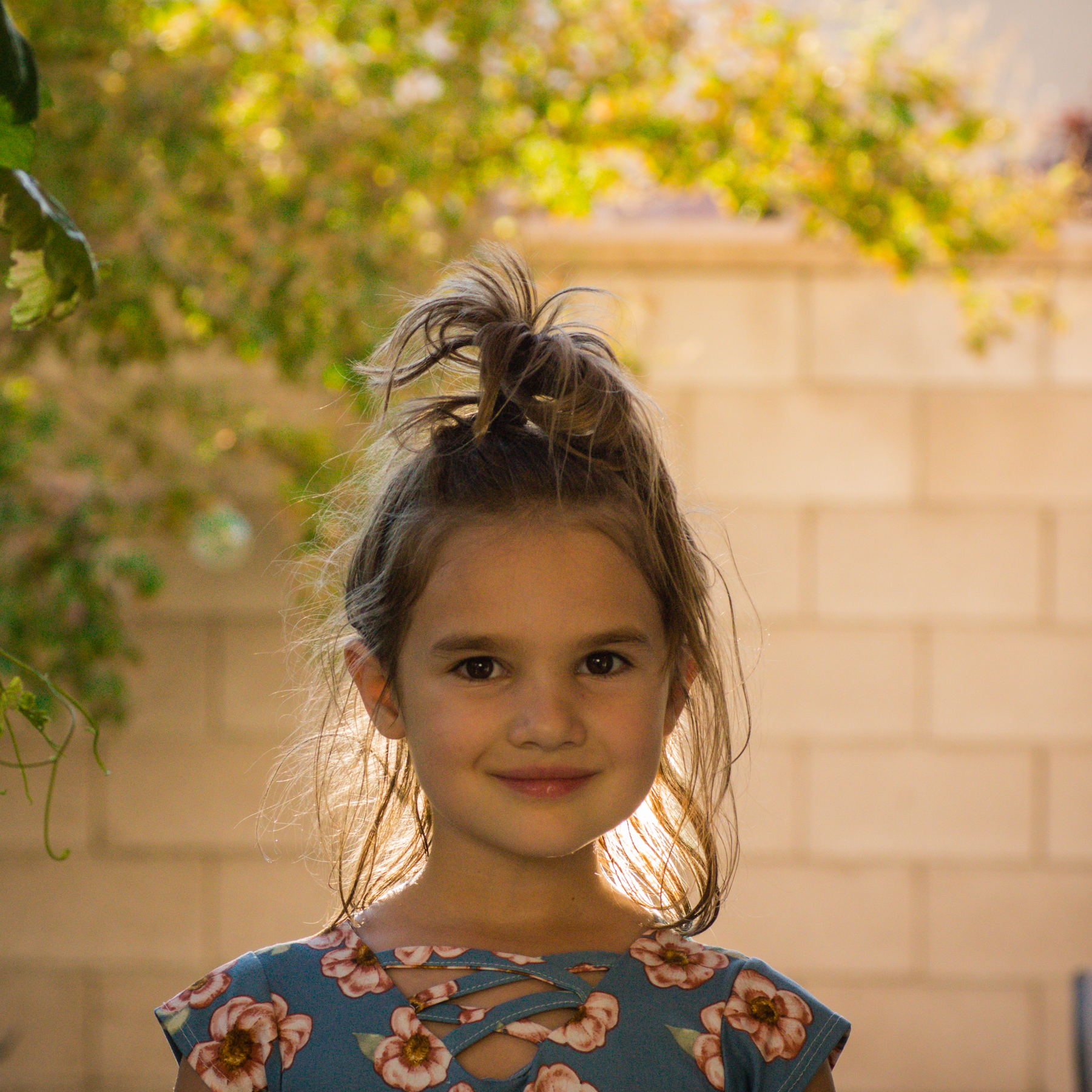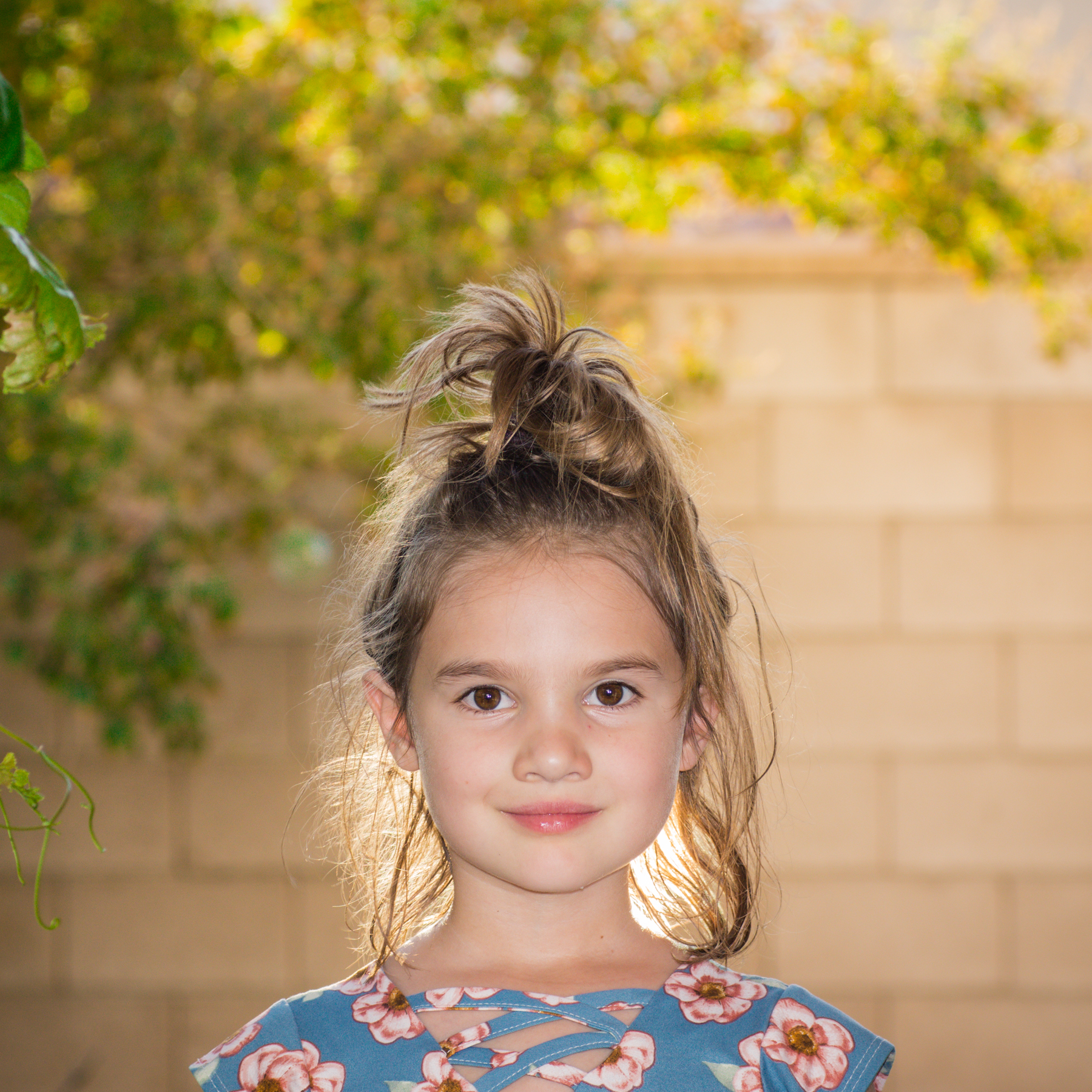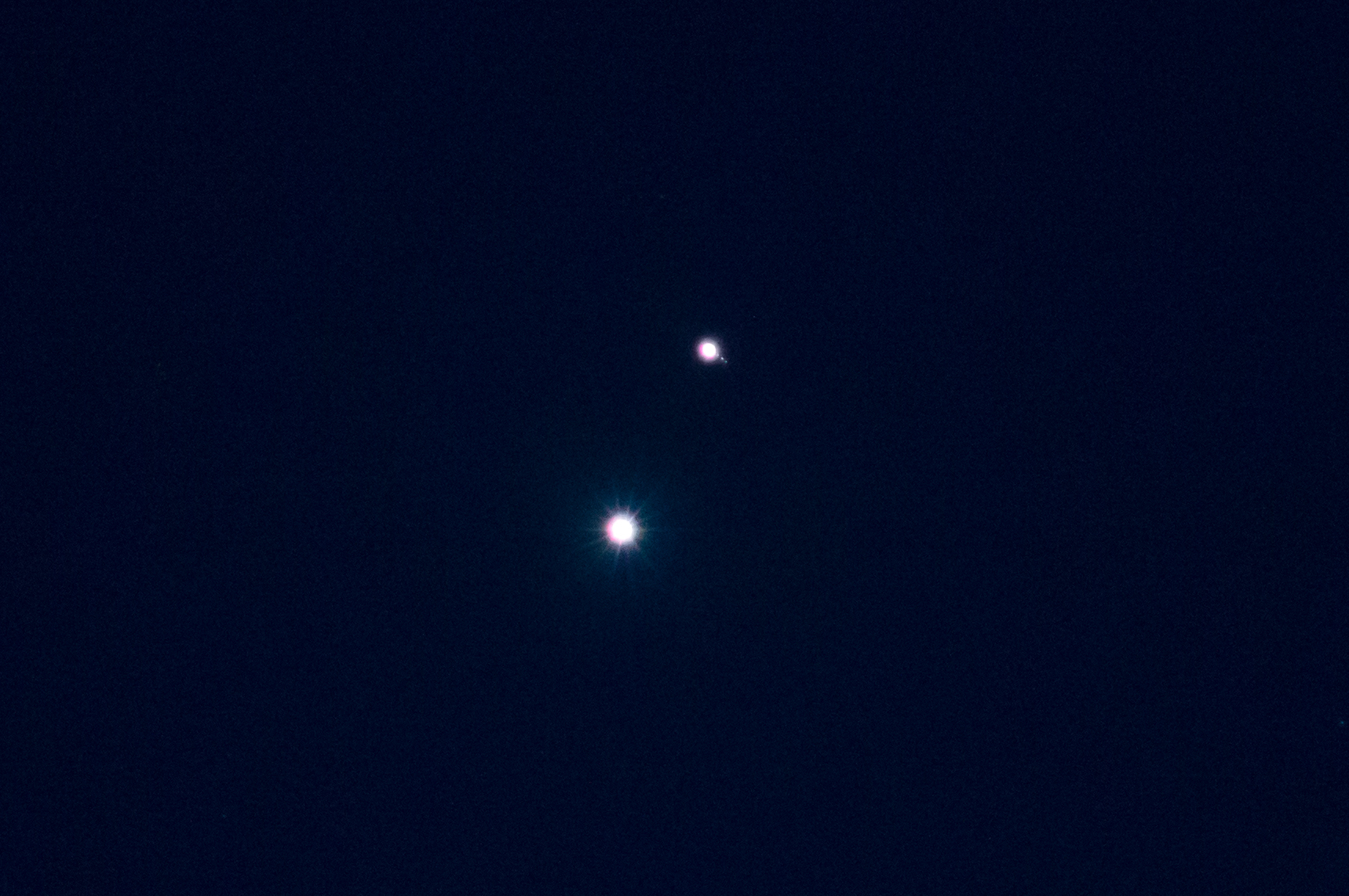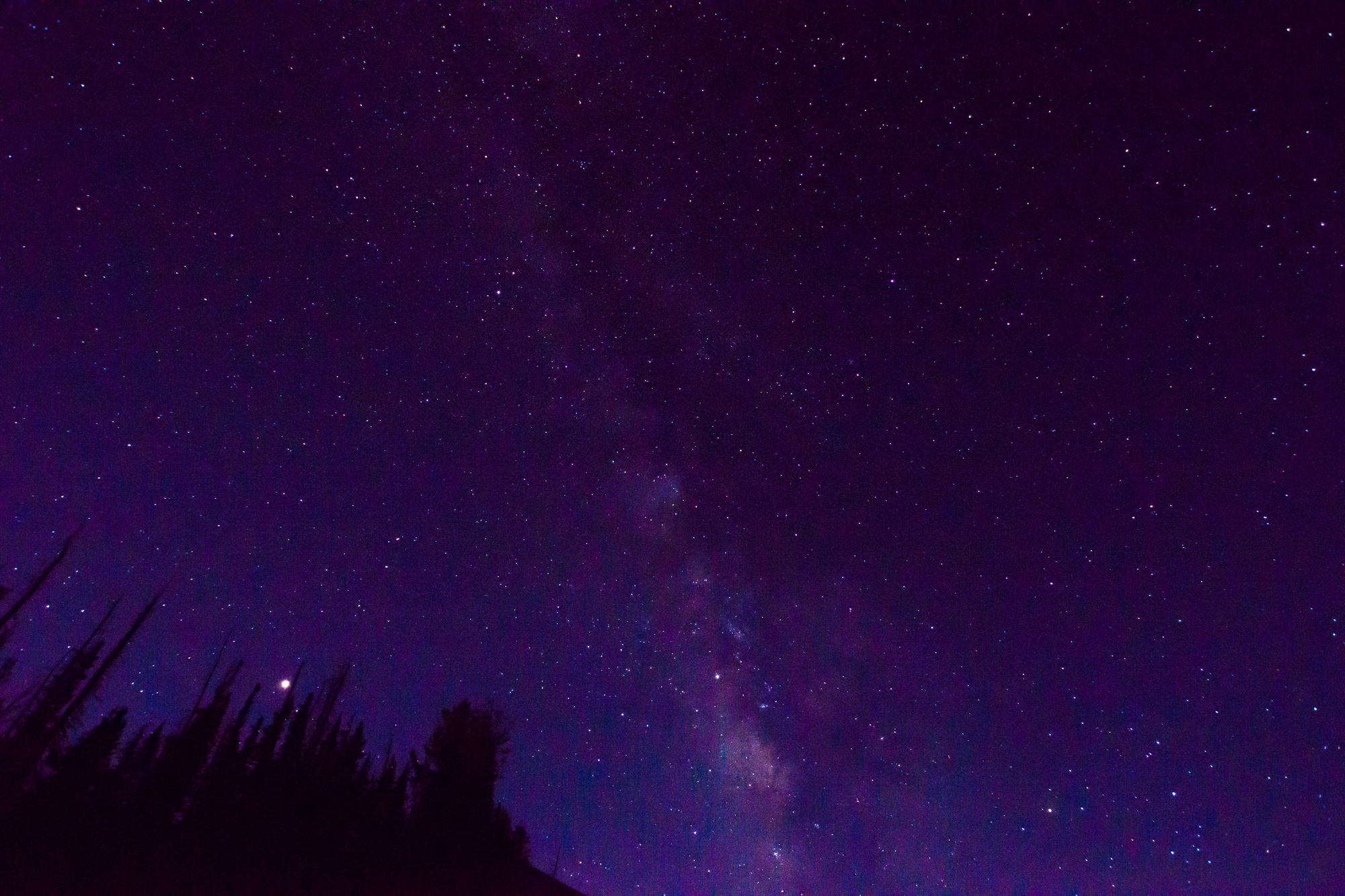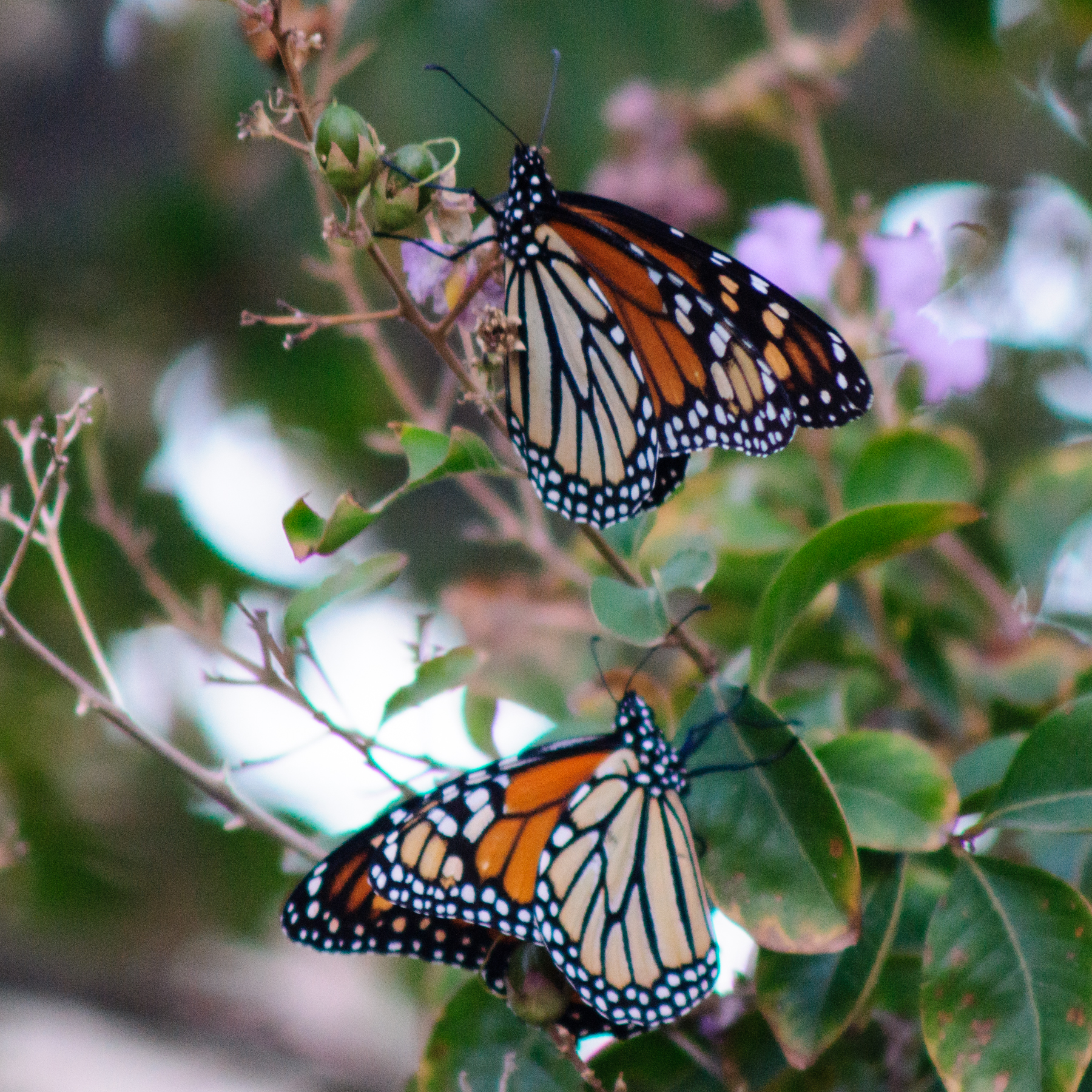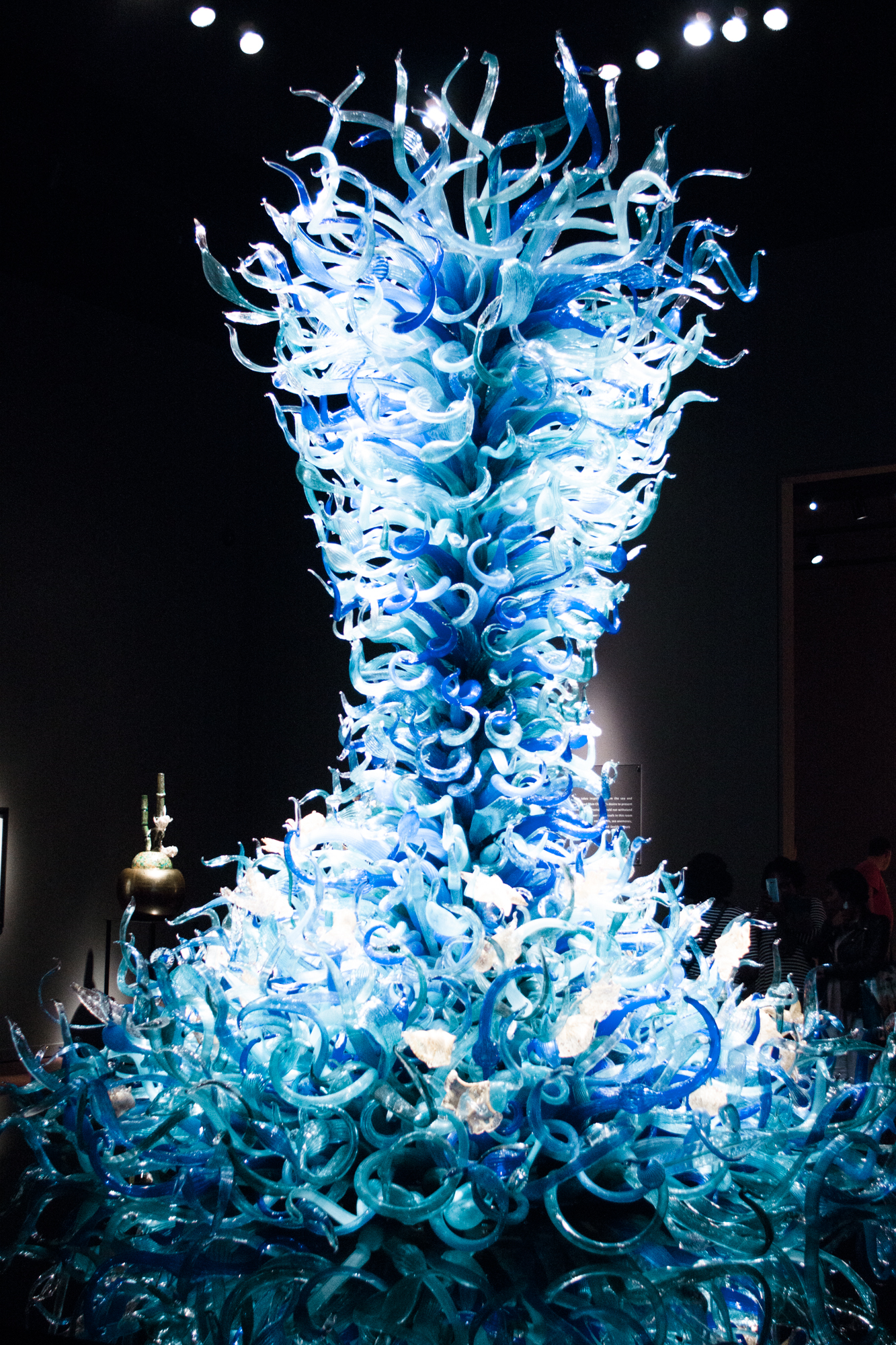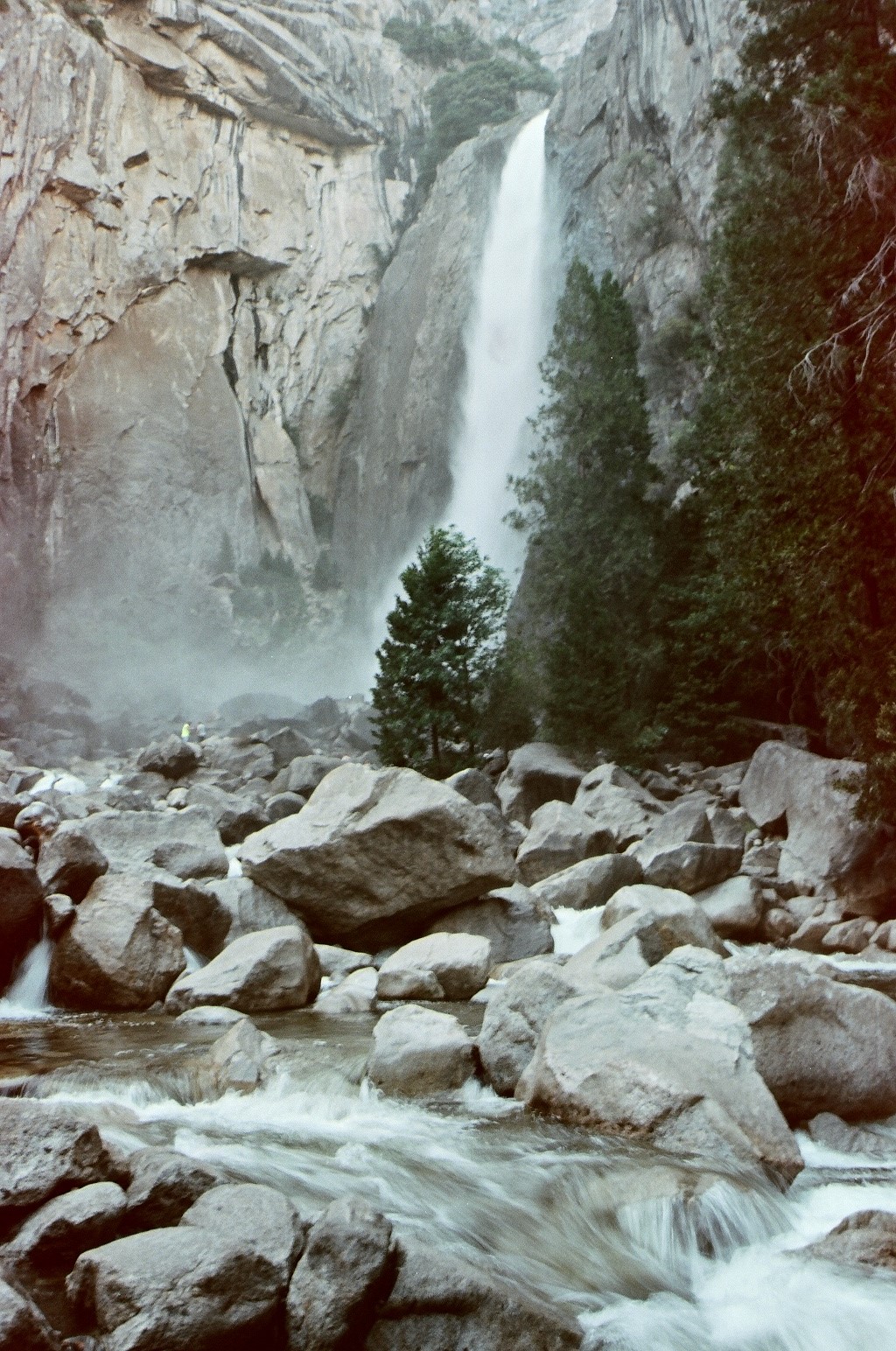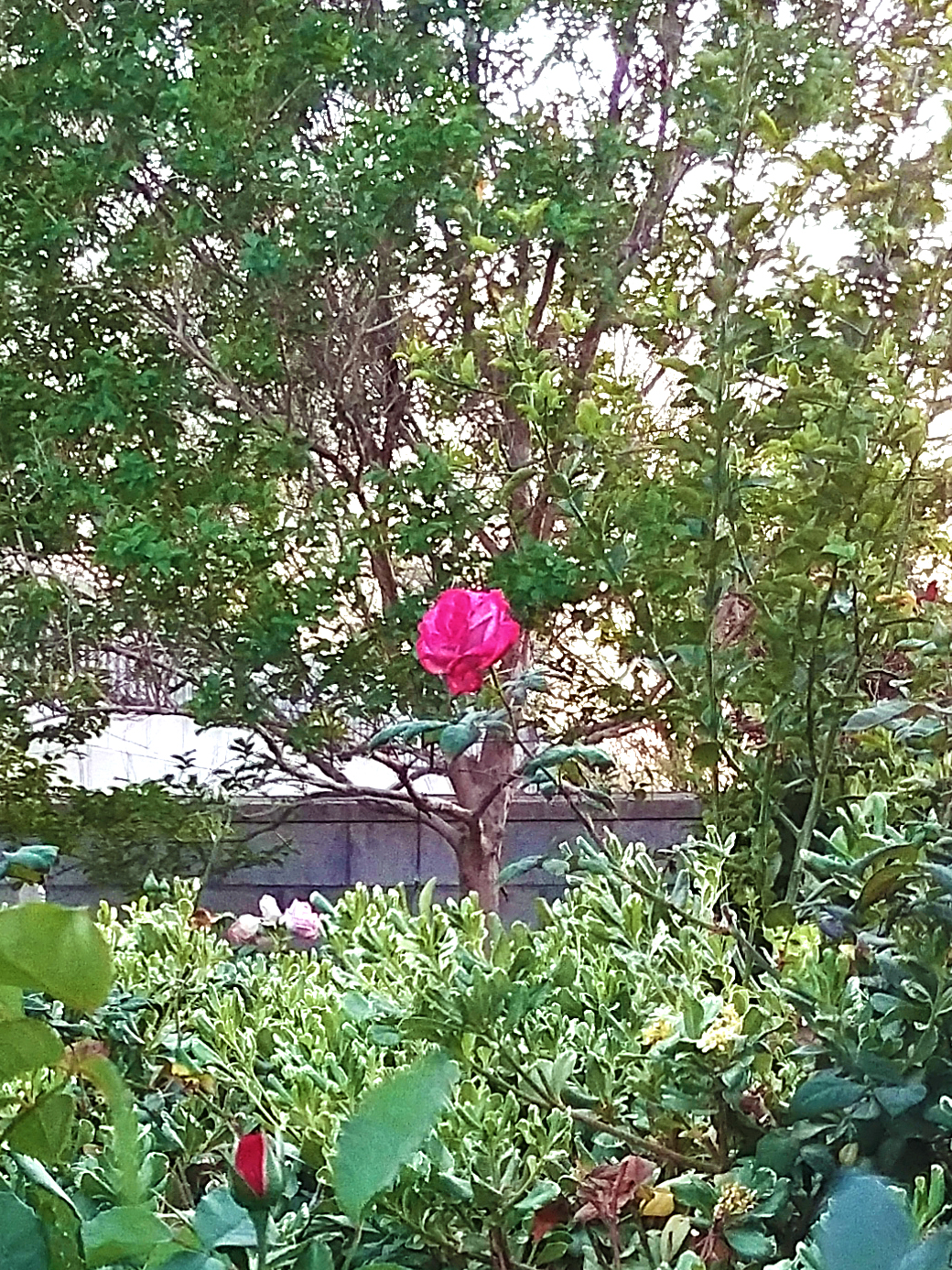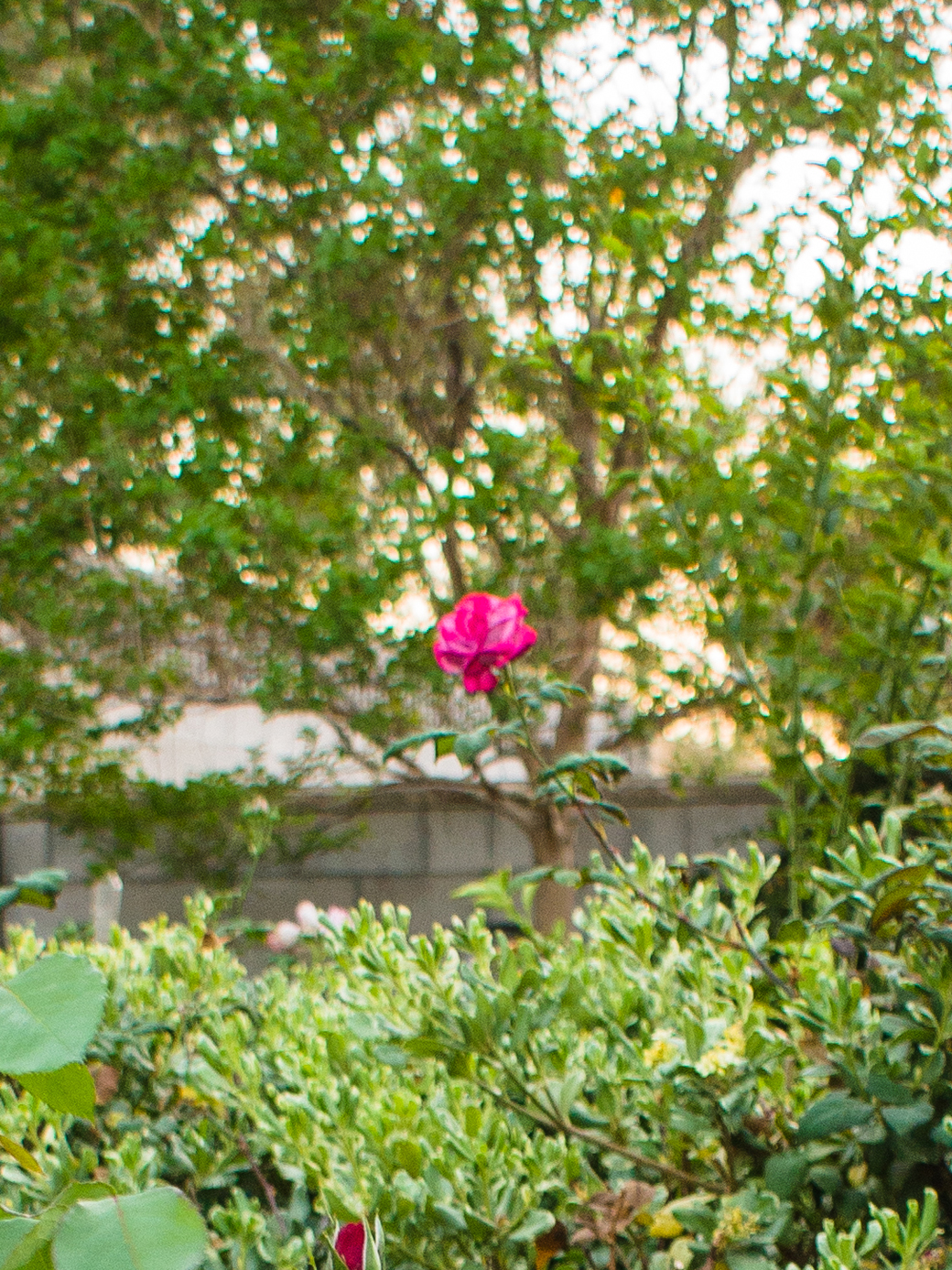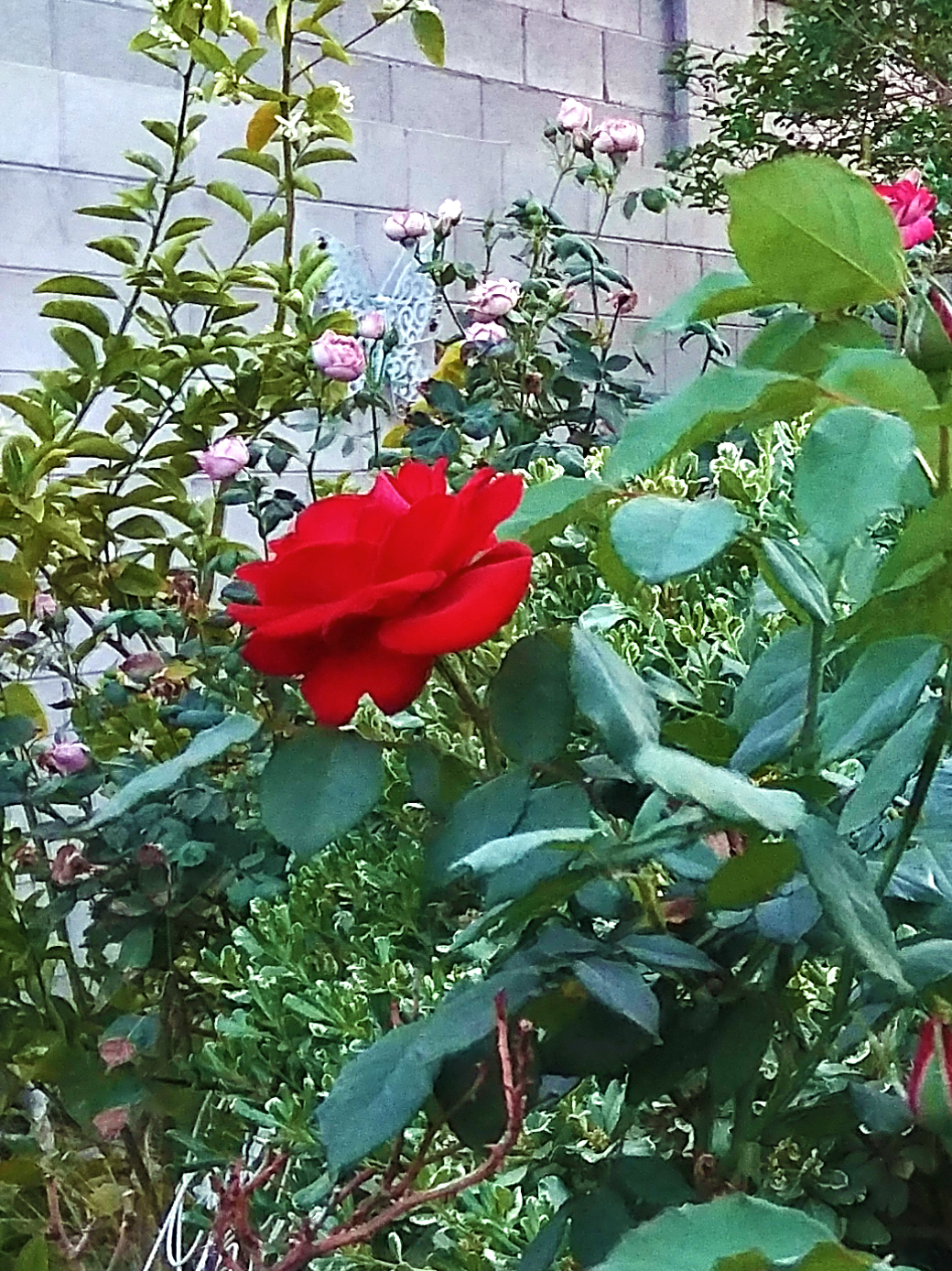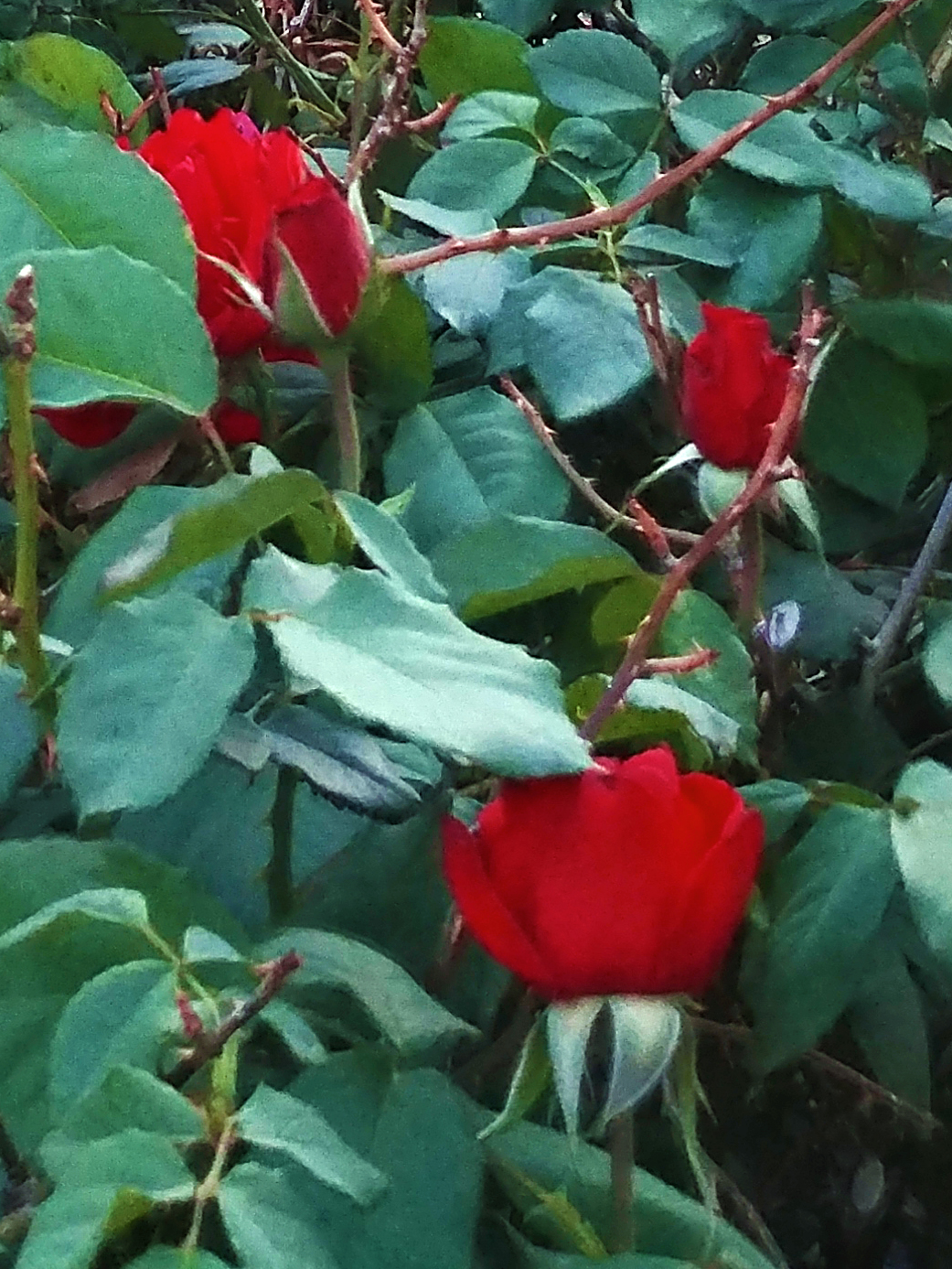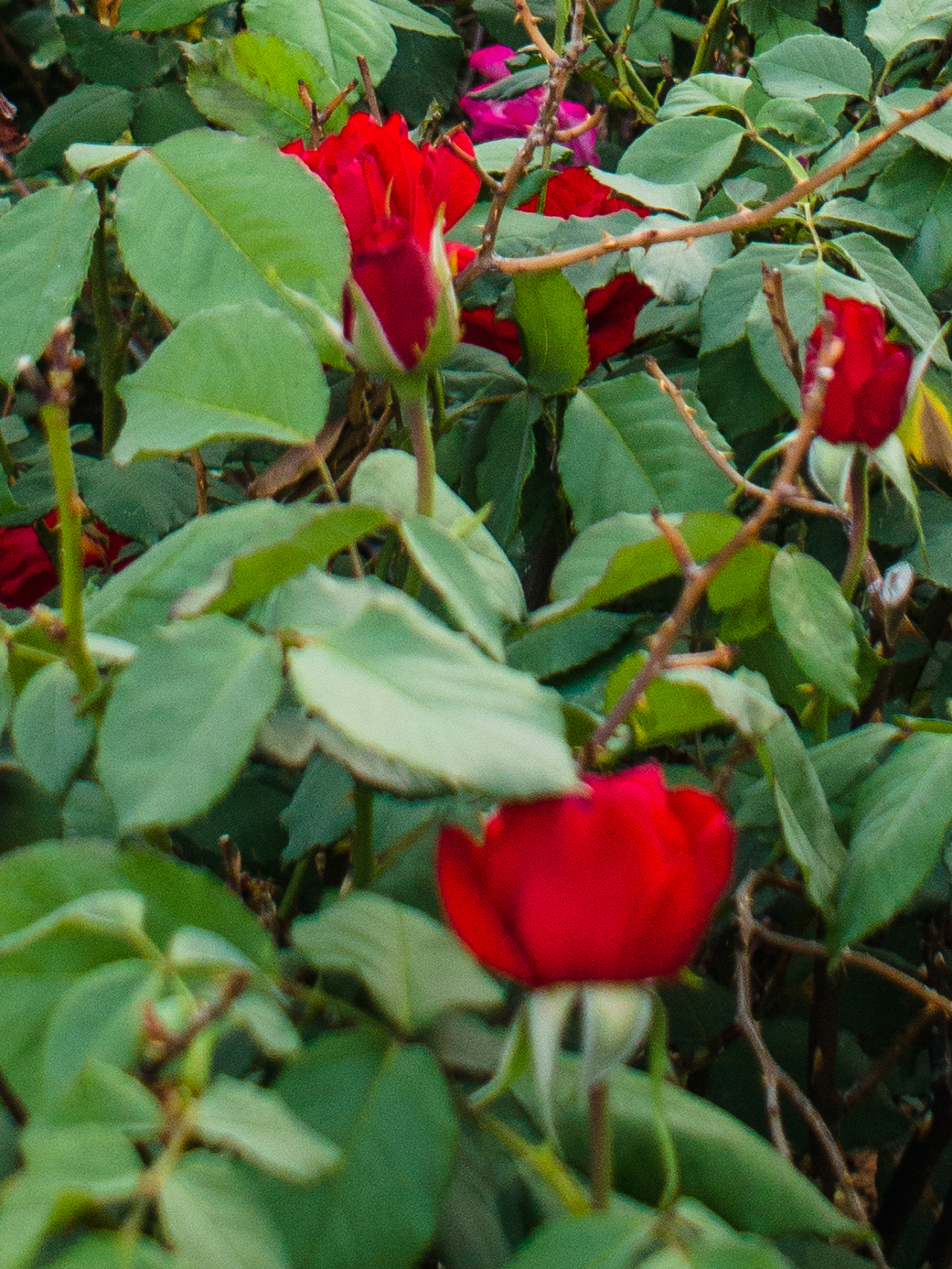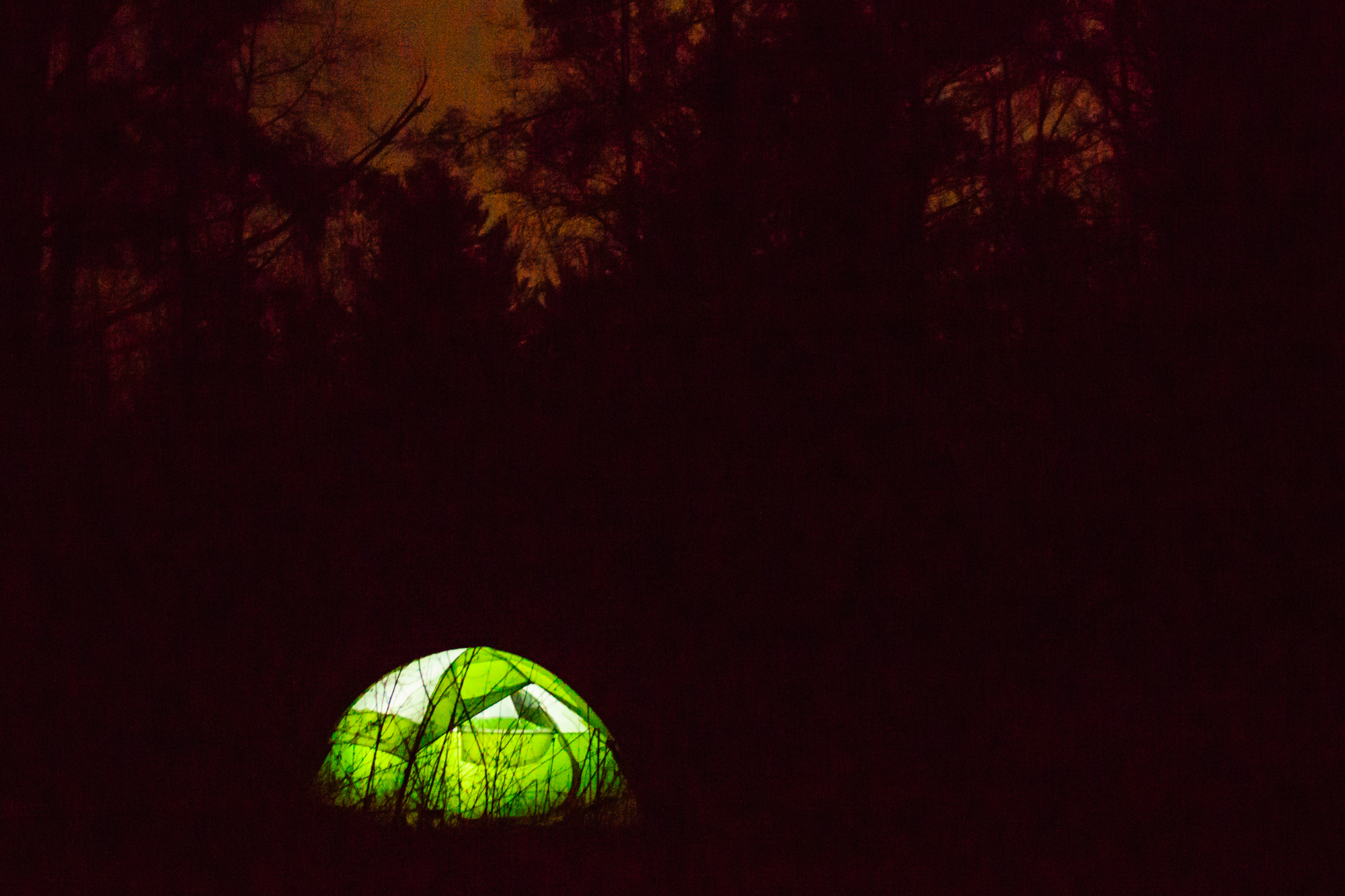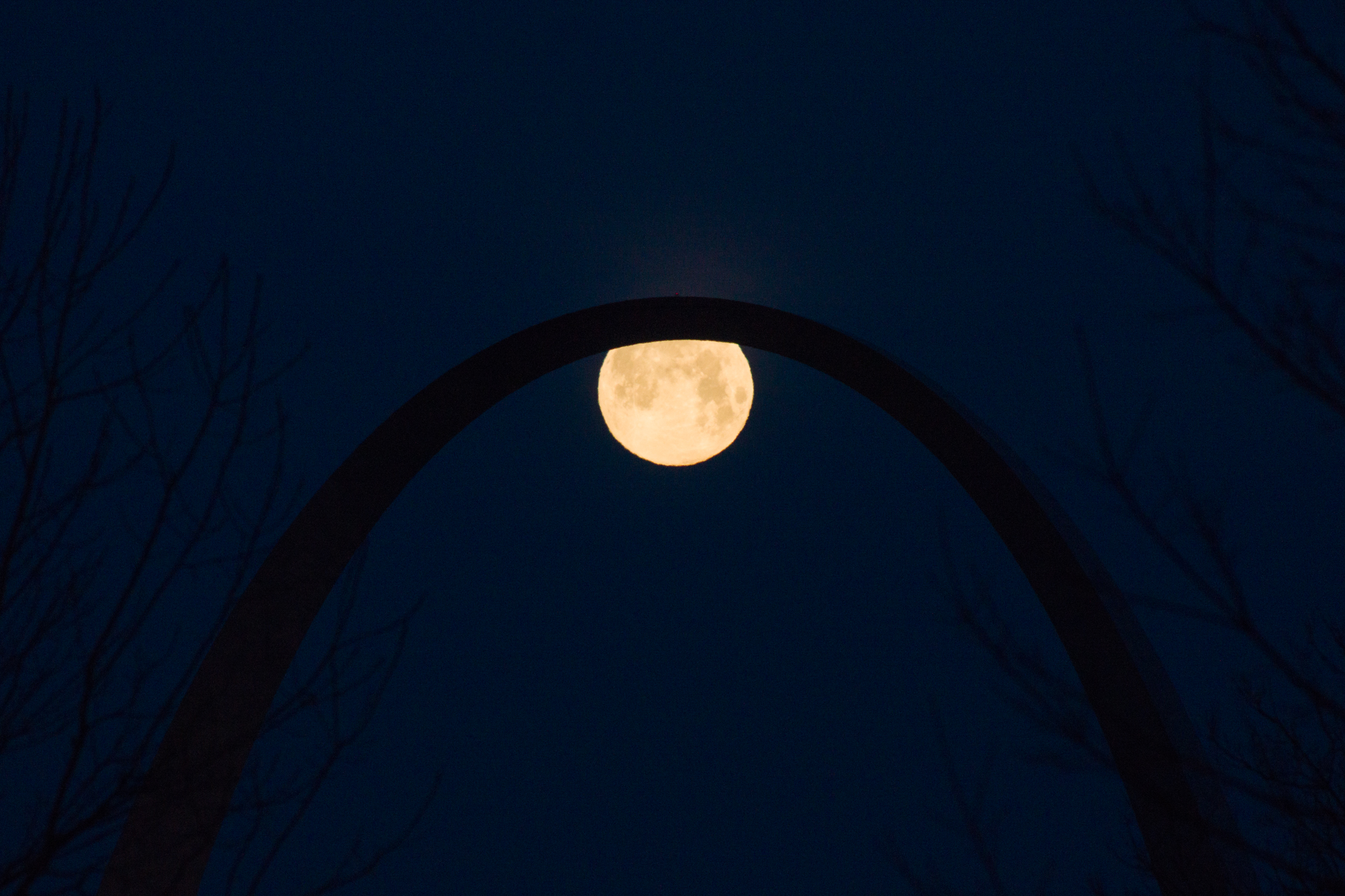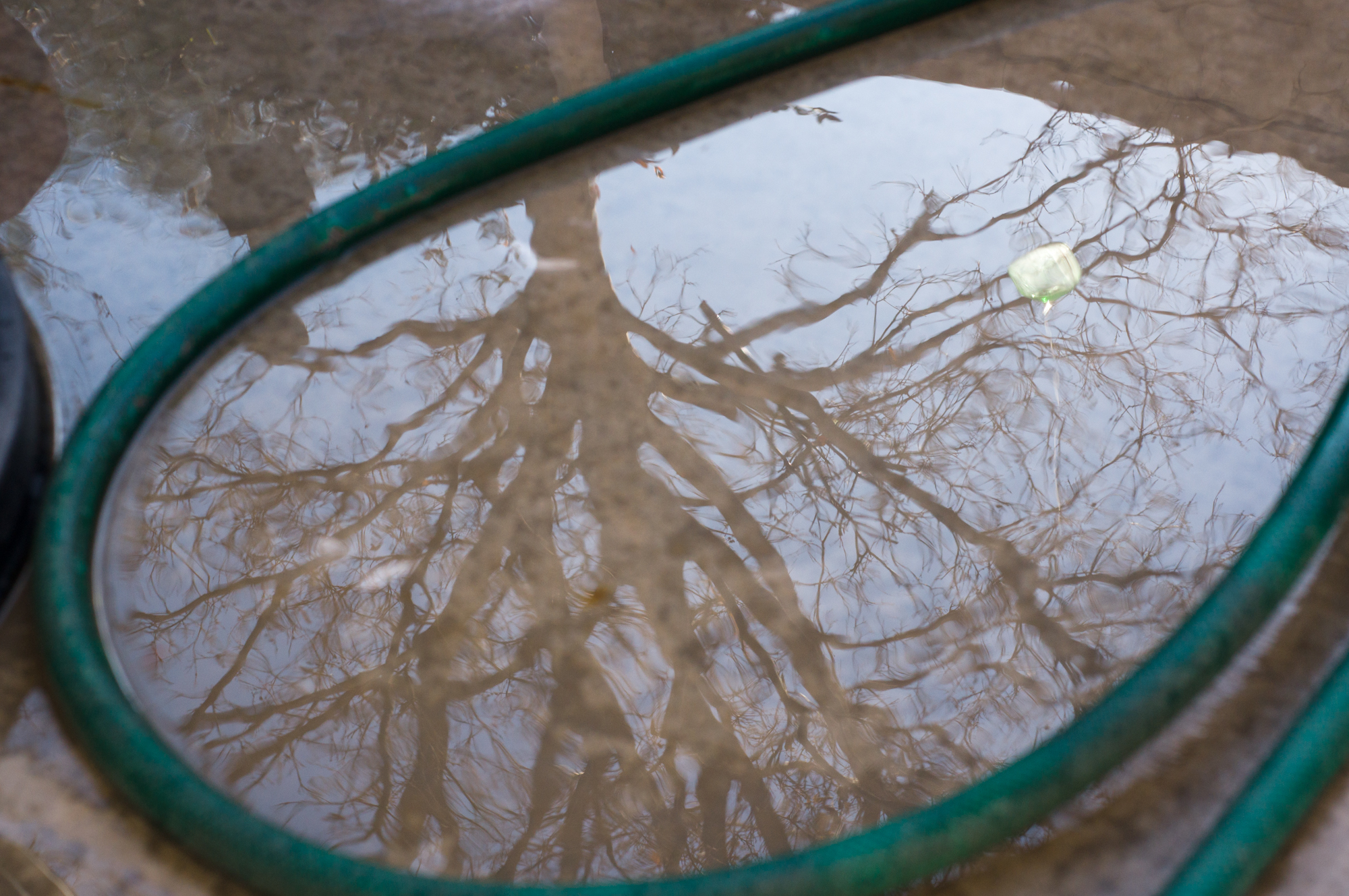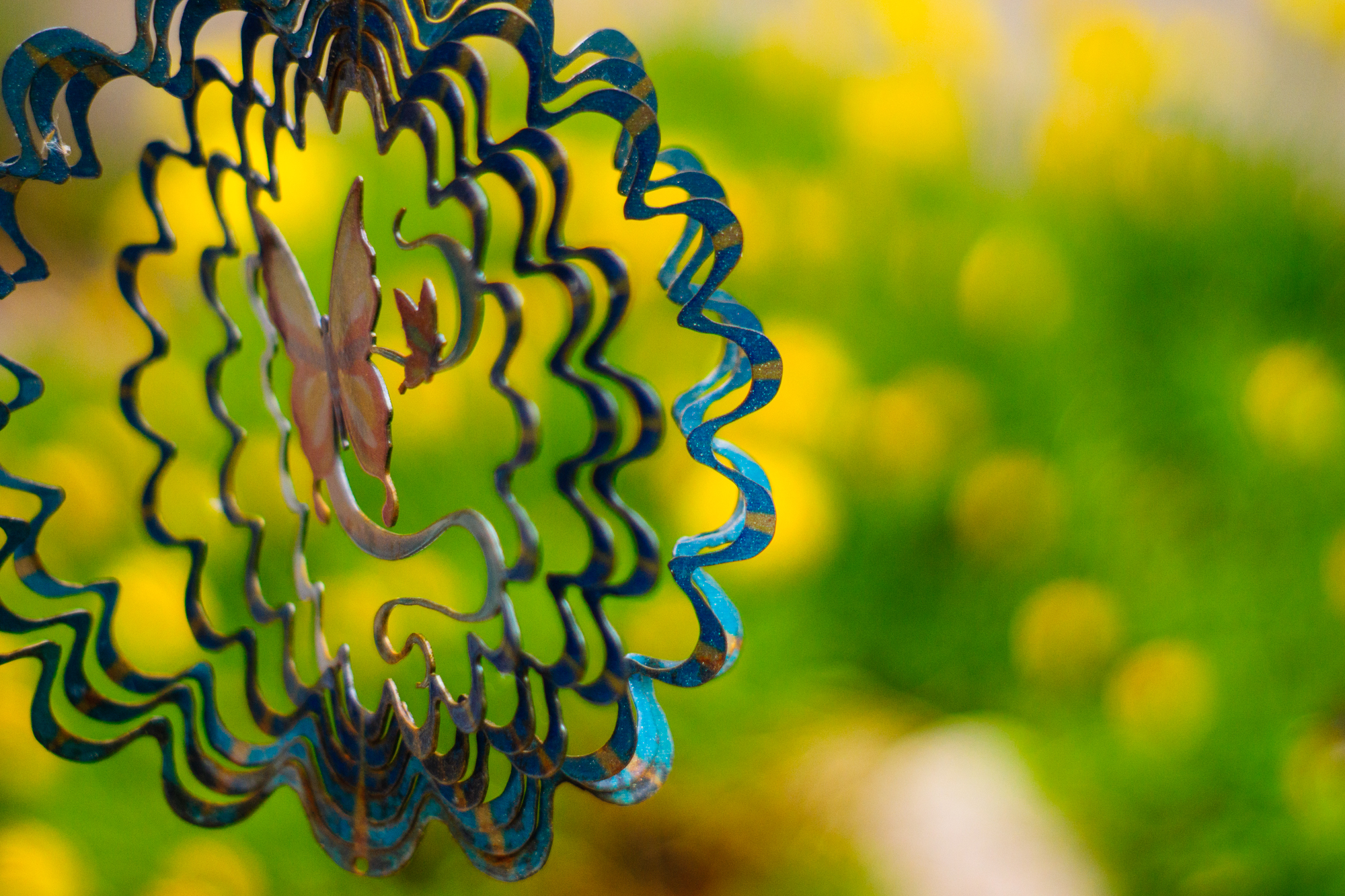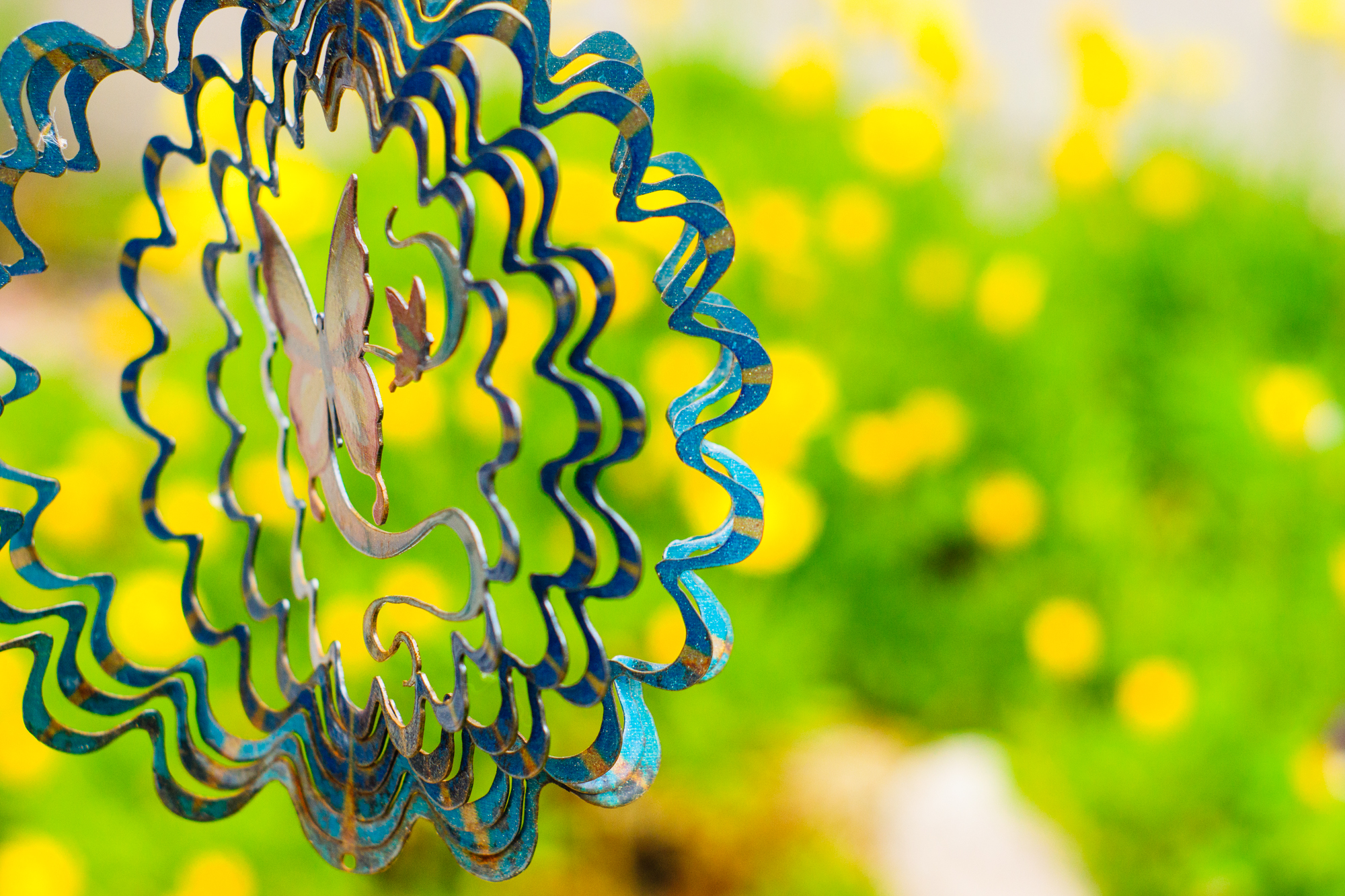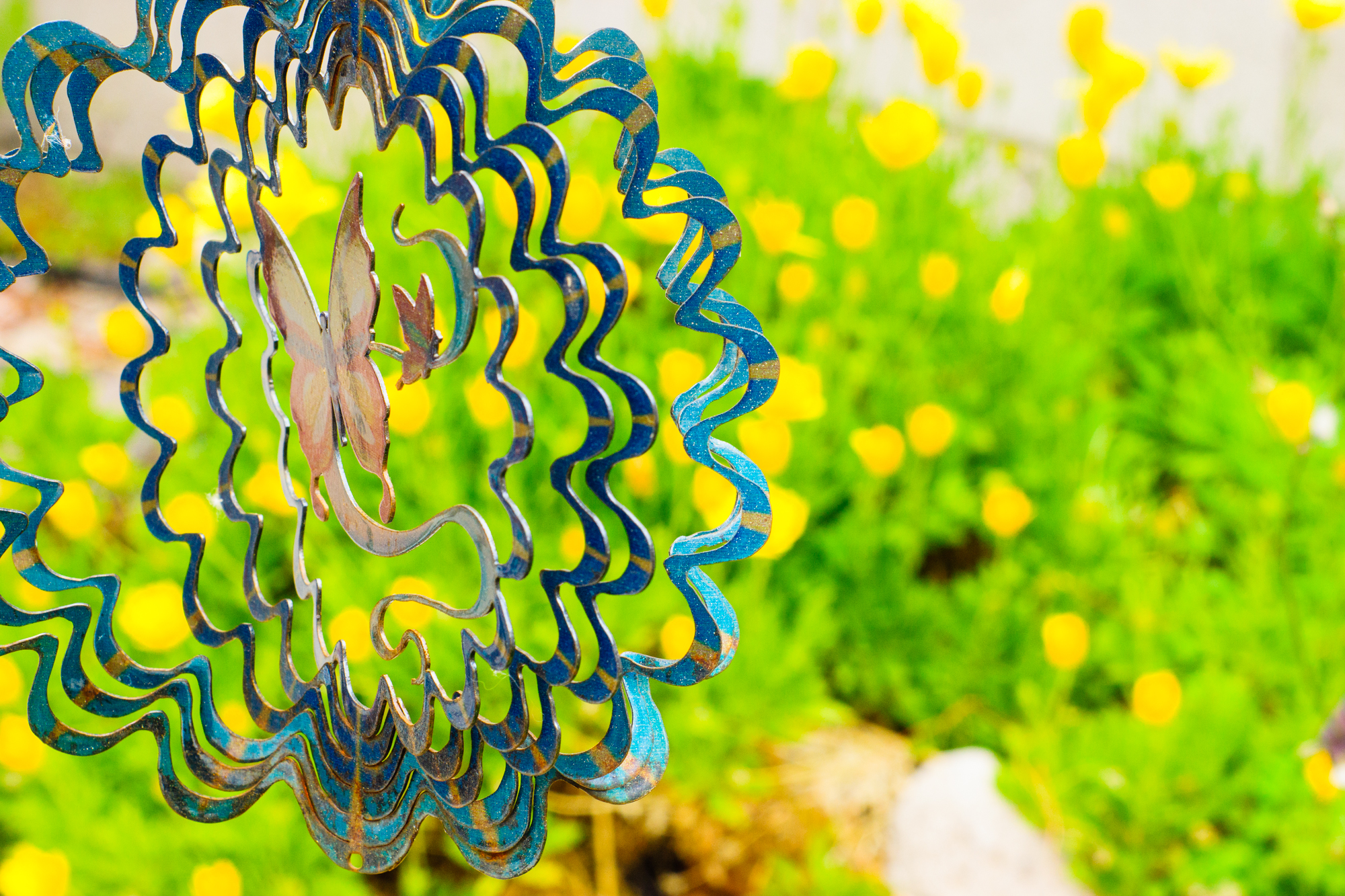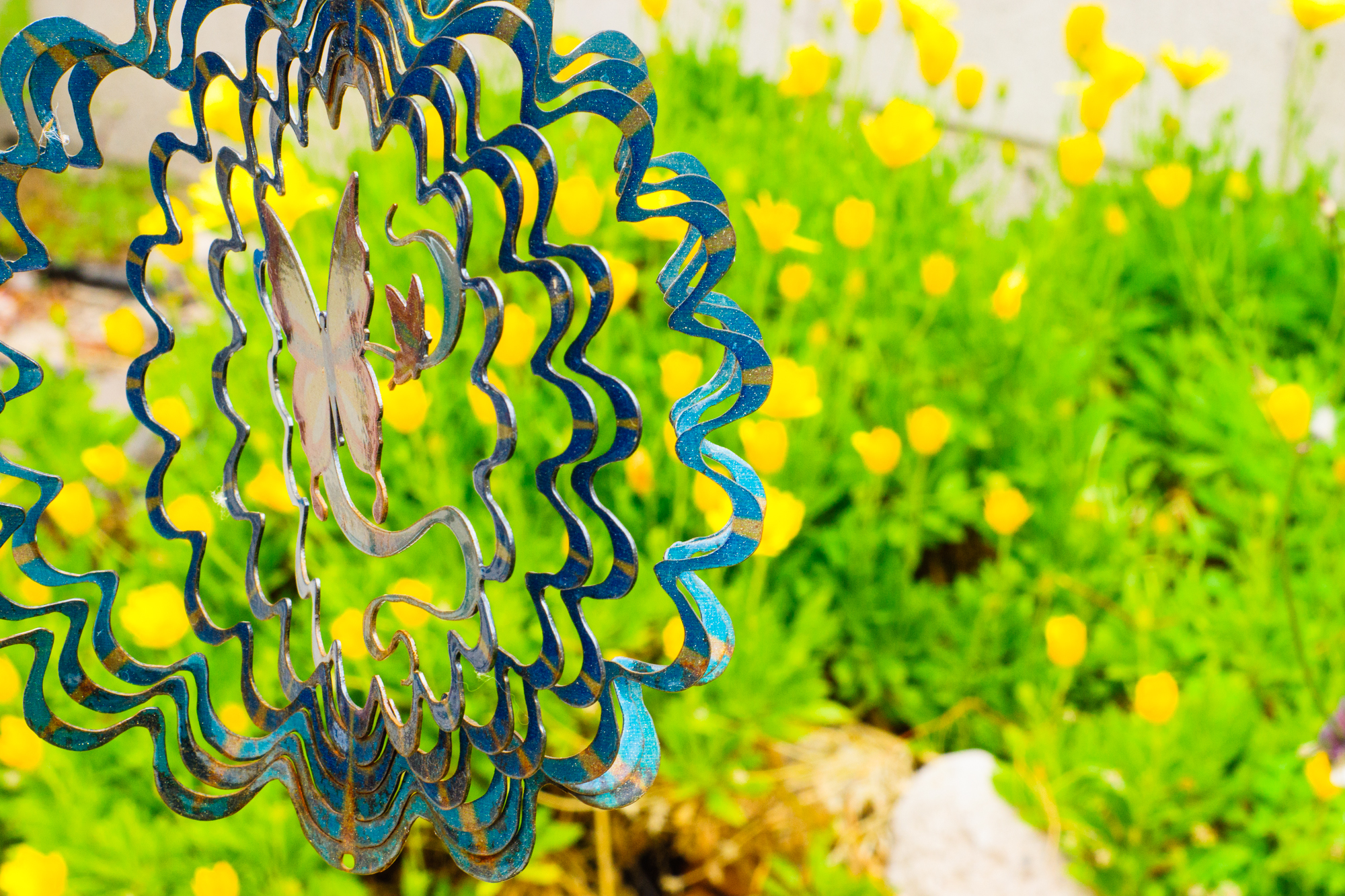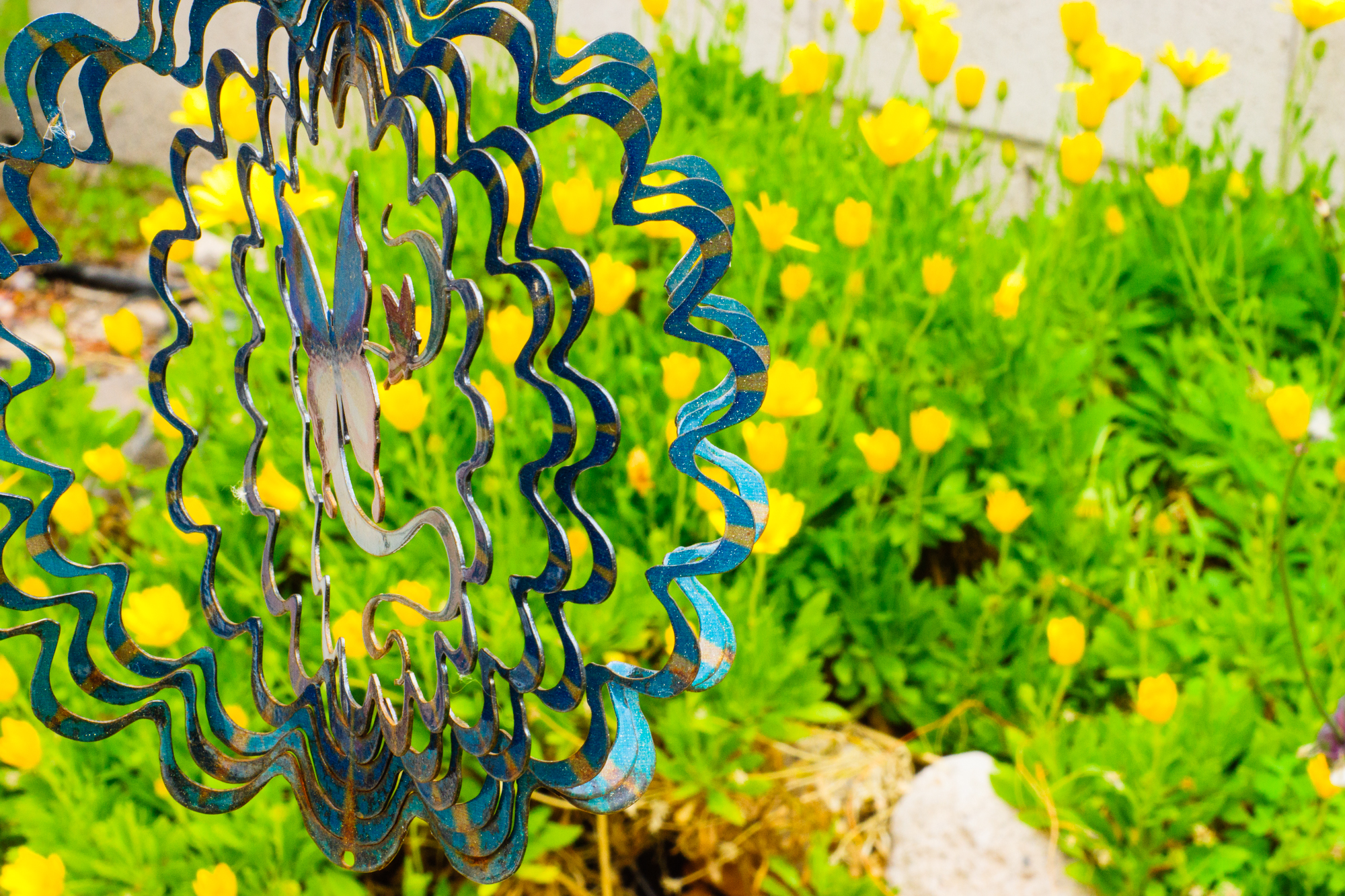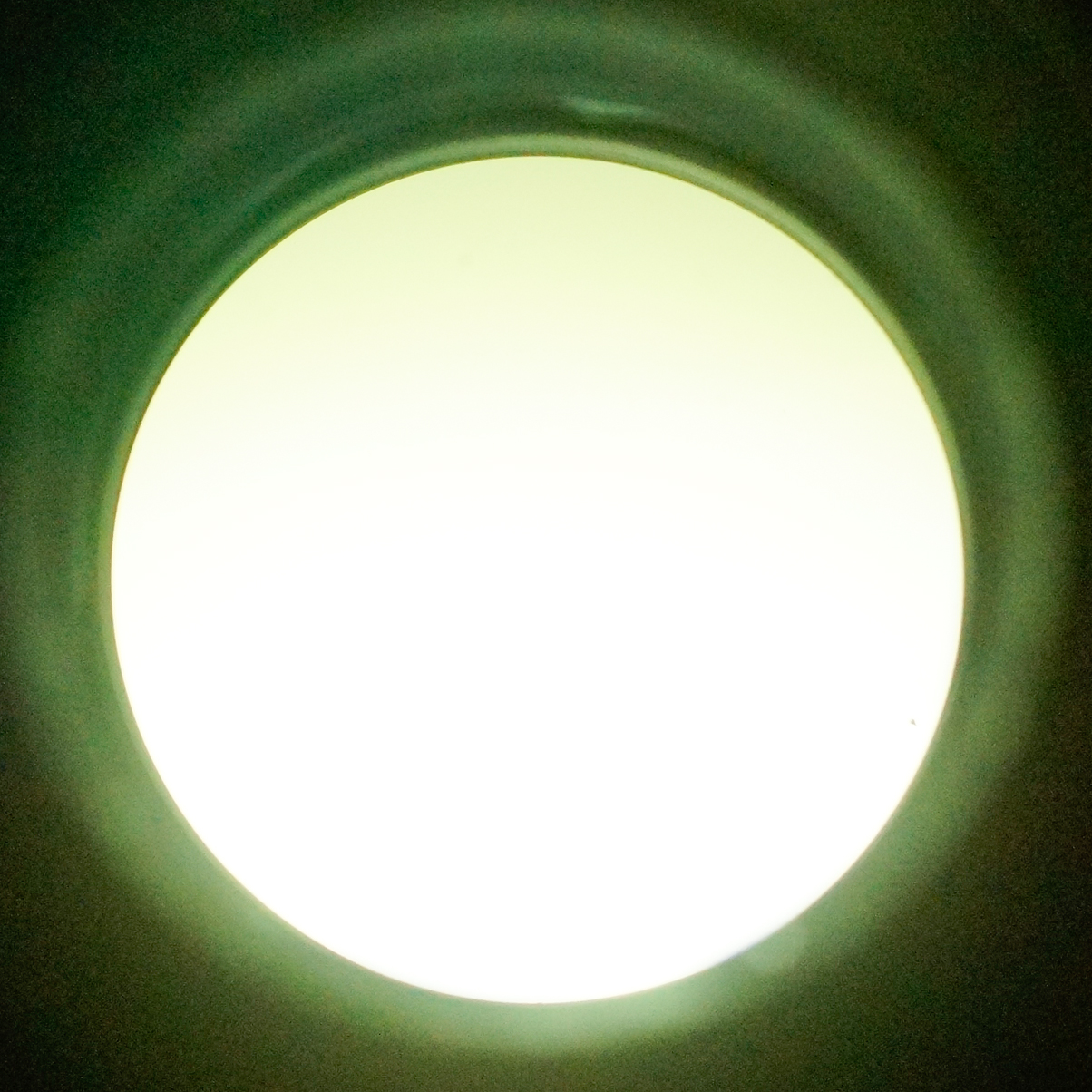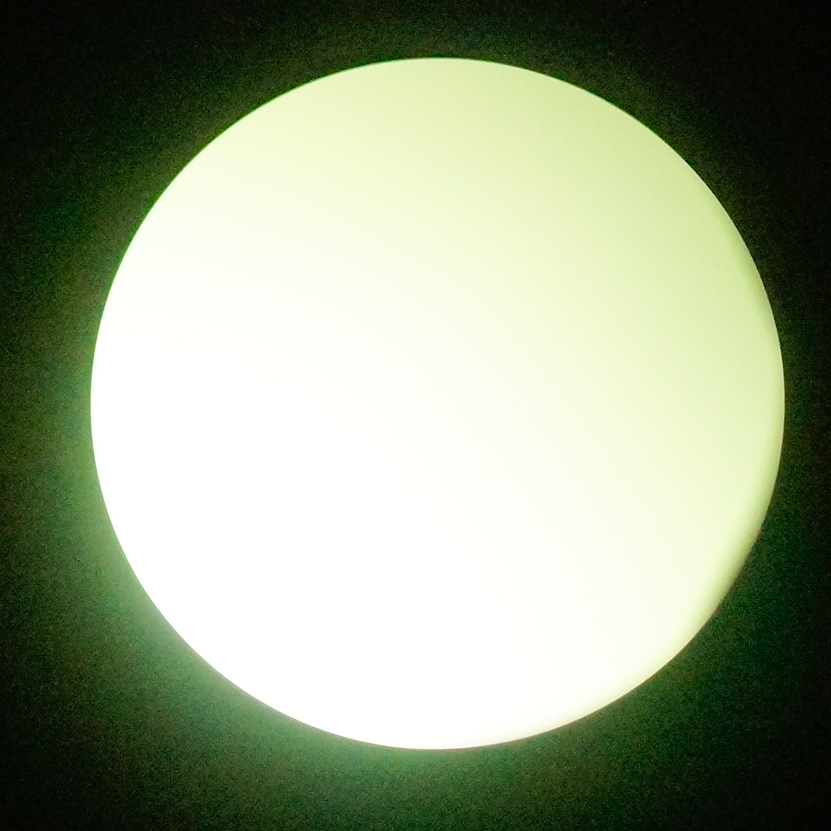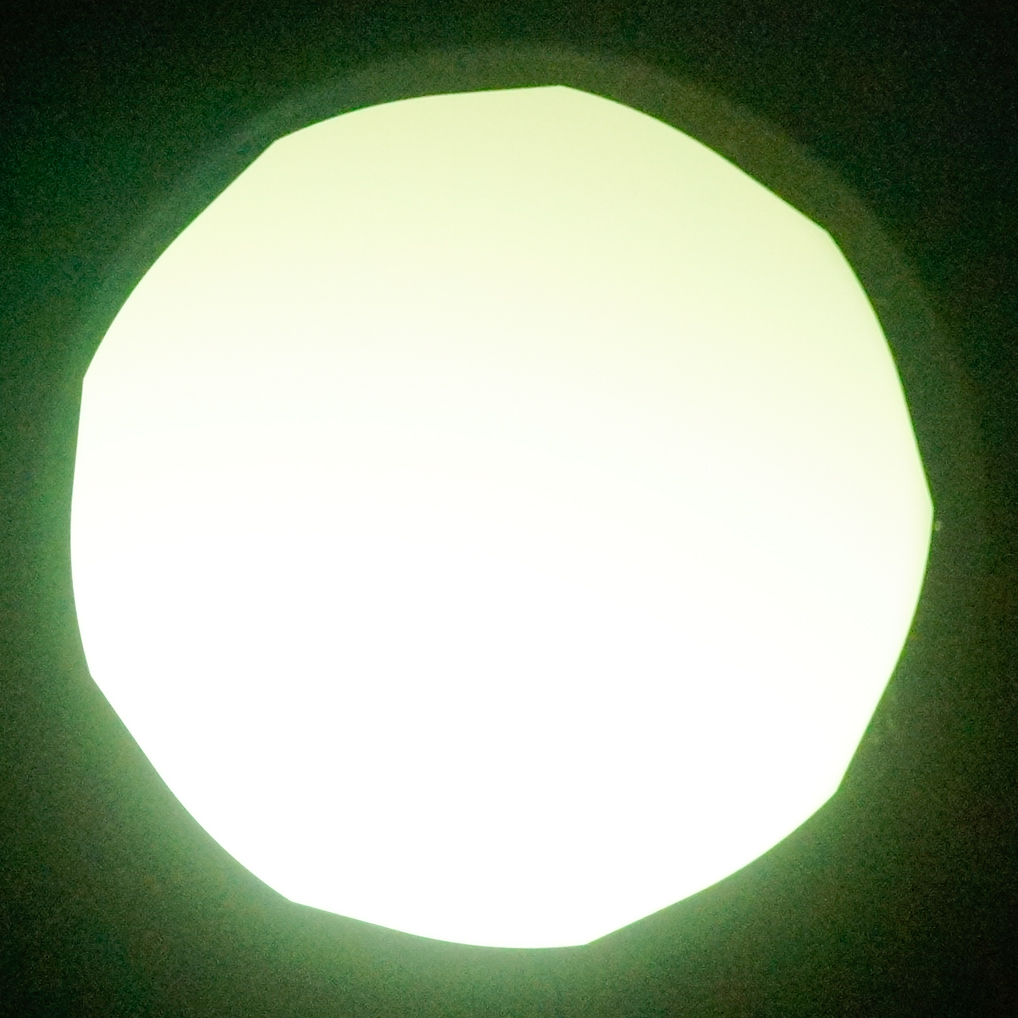Good morning,
So I started writing a blog talking about how I made one of the more recent pictures that I posted and realized that the actions that it took had not been explained. Like layers. So I use photoshop and lightroom. They have become familiar and if you are a student or a teacher they have a discount on the software. I am not sure if it works with the subscription plan that they have now though.
So layers if you are not familiar are like putting a bunch of pieces of paper on top of each other. Depending on the paper it might not do all that much. If it is construction paper then you only see the top sheet, if it is tracing paper then you can see a few sheets down, if it is celluloid then the only part that you can’t see is the part that has writing or drawing on it. It depends on how you treat the layers in photoshop and if you use a mask (layer masks will be discussed at a later time).
Let’s start with a star trail stack. After taking the images using a sturdy tripod or mount go into photoshop, cut and paste the images on top of each other. This will make layers starting at 1 with a Background. You could also got to File>Automate>Photomerge and pick auto. I have not had much luck with it I have met people who have. The results are similar though.
These three images add up to about 14.5 minutes of exposure. I put the same settings on all of them when converting to jpeg then stacked them in photoshop. After you do that then you will only see the top layer. There is a drop down menu in the layers tab/window that should say “normal.” The trick here is to go to that drop down menu and pick “lighten” for everything except the background. The parts of the image that add light will show up through the layers.
Above is all three images stacked with the “lighten” setting then I went to Layer>Flatten Image which will put all the layers together into one that can be saved as a tiff or jpeg. Notice that the sky got brighter from the light pollution, being near a bright city doesn’t work well with astrophotography. This will work with other times when trying put together multiple images, car trails, I even heard that it will work with water to mimic a long exposure (I haven’t tried it though). So grab a sturdy mount, a remote, your camera then go out and shoot.
~Scott
